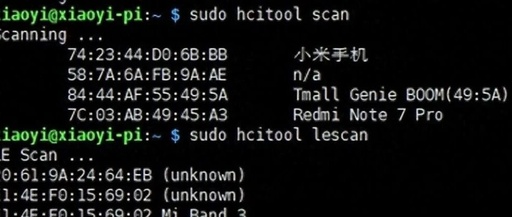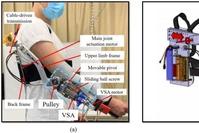Ansible: From Introduction to Abandonment (Part 15)
Ansible-navigator exec Common Options and Explanations <span>ansible-navigator exec</span> is equivalent to <span>podman run -it –rm <image> /bin/bash</span> (default is <span>/bin/bash</span>), <span>ansible-navigator exec</span> is commonly used to execute Ansible Ad-Hoc. The available options are as follows: Parameter Meaning Example Default Value <span>exec_command</span> Specifies the command to run in the execution environment (EE) <span>ansible –version</span> <span>/bin/bash</span> <span>–exshell</span>, … Read more








